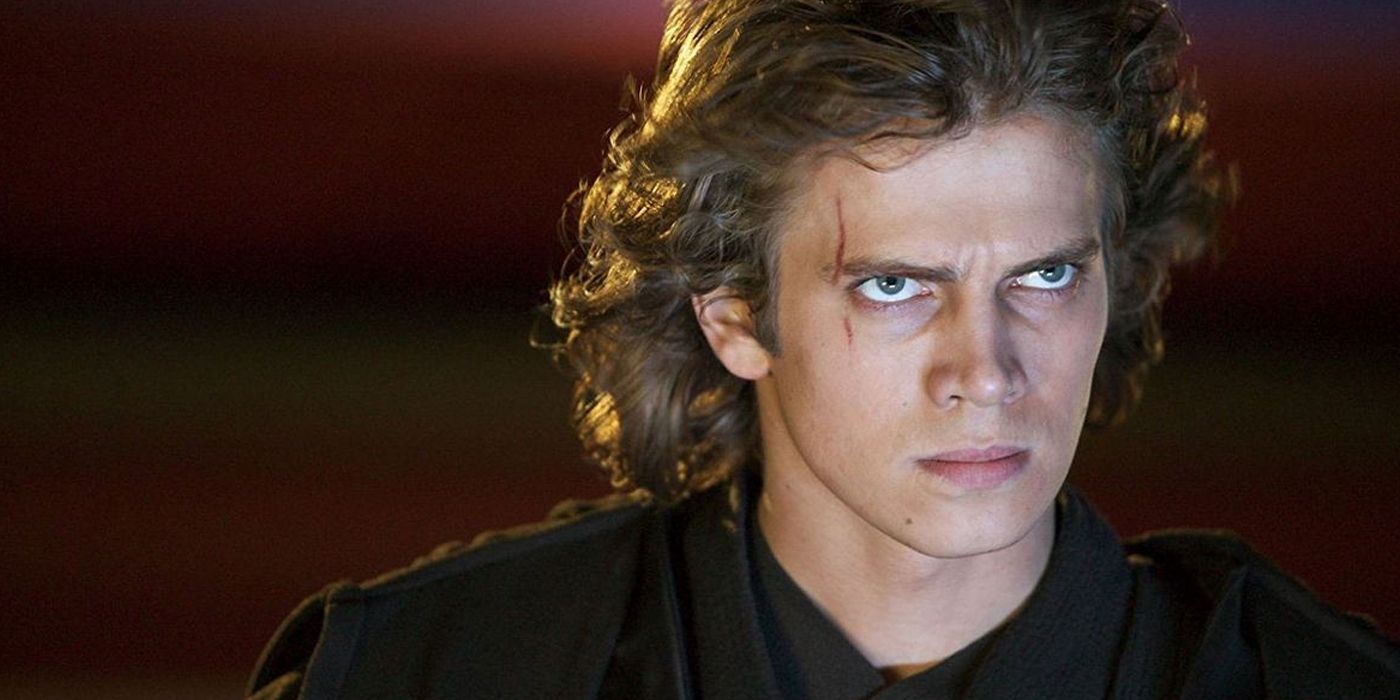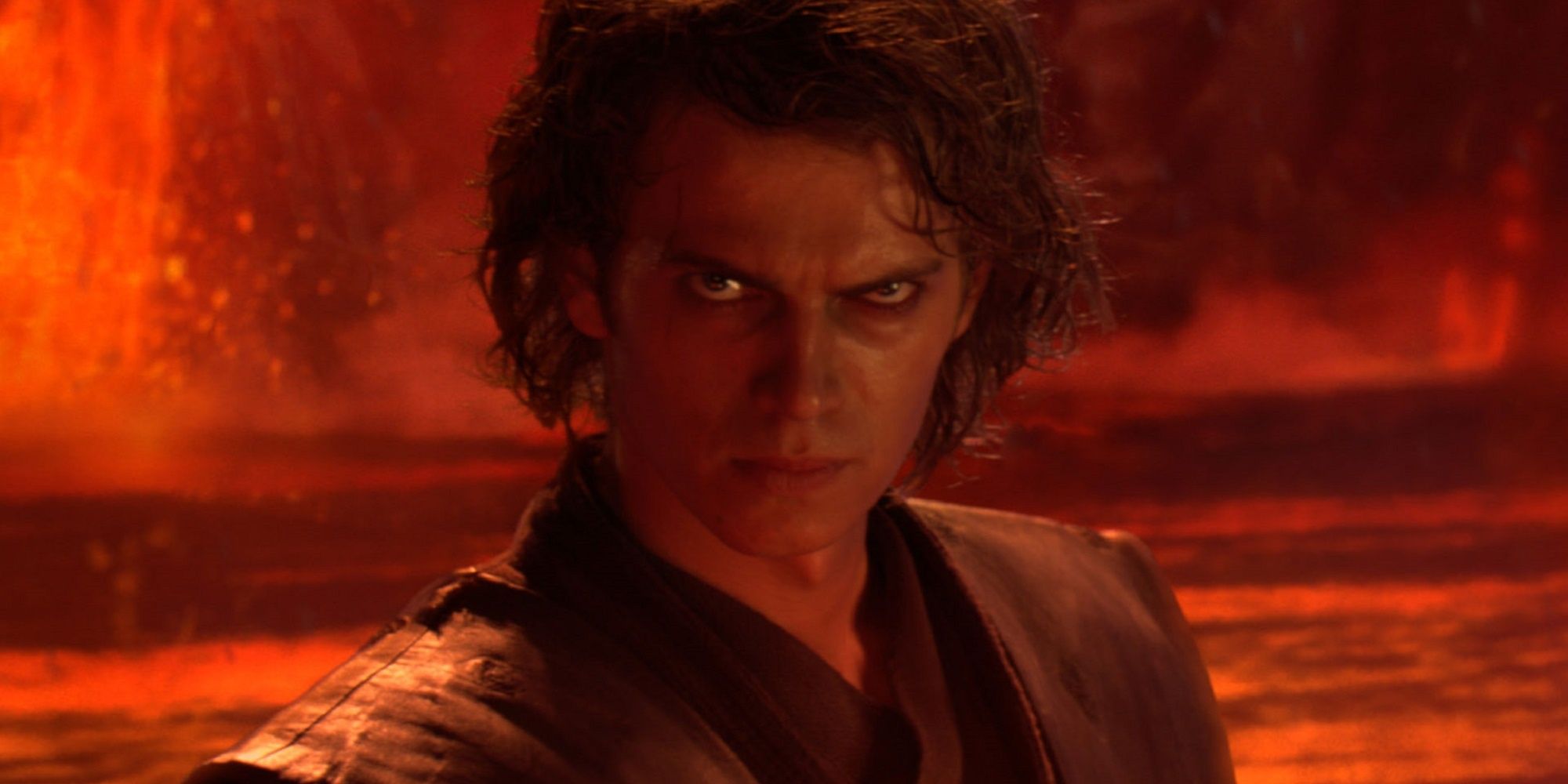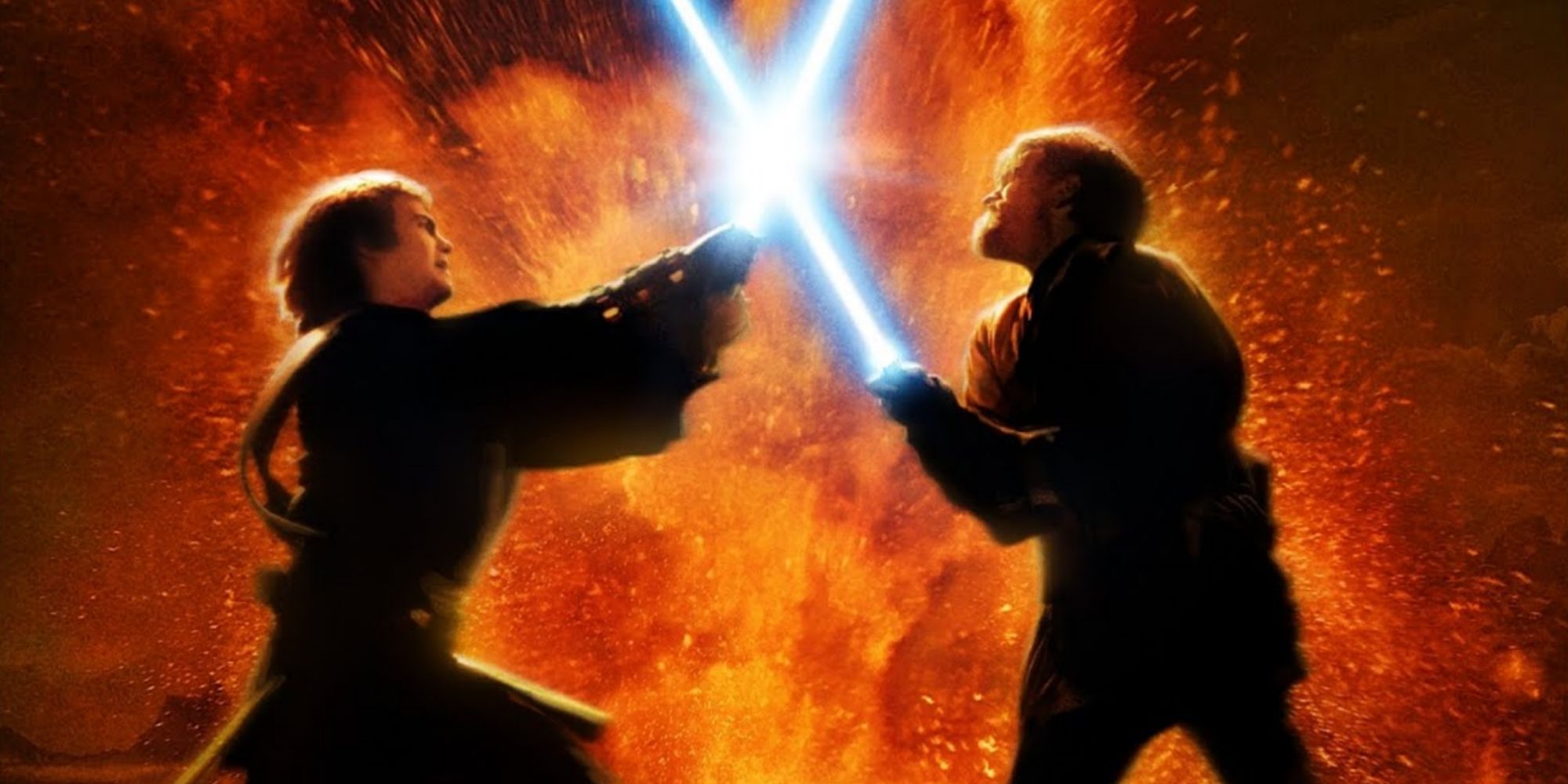The Star Wars prequel trilogy is perceived as, for lack of a better word, uneven, but if you look at the three films as a whole, the third installment, Star Wars Episode III: Revenge of the Sith, redeems the trilogy. The Trade Federation. The clone troopers. Order 66. And, most importantly, the Anakin Skywalker arc, easily the most divisive aspect of the trilogy. From the skies above Naboo to the funeral procession of Padmé Amidala (Natalie Portman), here's how Revenge of the Sith saves the whole darn thing.
'Revenge of the Sith' Brings it Together
What Revenge of the Sith does, first and foremost, is tying the loose ends together and making sense of the choices made in the first two films. To look at it simply, it's the long-term plan of Palpatine (Ian McDiarmid) coming to fruition. A more detailed look reveals just how the pieces all fit together, and how Palpatine, by playing the long game, did so without alerting the Jedi. The conflict with the Trade Federation in Star Wars Episode I: The Phantom Menace is set up by Palpatine to light a fire of distrust among the Galactic Senate, sowing the seeds that would ultimately bring forth his ascension to Chancellor. The next step for Palpatine is to instigate a situation that requires the clone army, under his command, to be authorized for use. He does so by stirring a Separatist movement led by Count Dooku (Christopher Lee) and his droid army. What's interesting here is that Dooku even tells Obi-Wan (Ewan McGregor) that Sidious controls a large portion of the Galactic Senate. But by taking his time, Palpatine has quietly done so under the nose of the Jedi, counting on their arrogance that they would be the first to know if such a situation had occurred.
With the droid army now a viable threat, Chancellor Palpatine is given emergency powers that allow him to authorize his clone army. All of these put the pieces in place for Palpatine to declare himself Emperor of the Galactic Empire. The Jedi are scattered throughout the galaxy, and the war continues to draw attention away from Palpatine's machinations. So when he executes the infamous Order 66, the Jedi are too far apart to help or warn one another and are killed off. The plan is brilliant: Palpatine can declare the Jedi as traitors, and by having the Jedi spread out as they are, the clone troopers that accompanied them, already under his command, are firmly planted. Basically, Palpatine used the Jedi to spread his forces across the universe, allowing him to have his enforcers throughout the Empire with the ultimate irony of the Jedi helping him to do so.
'Revenge of the Sith' Legitimizes Anakin's Arc
Another of the divisive elements of the prequel trilogy is how Anakin (Jake Lloyd/Hayden Christensen) is portrayed: wooden, childish, and impulsive. Yet again, looked at through the visage of Anakin in Revenge of the Sith, all the choices Anakin makes become justified. In The Phantom Menace, Anakin is a slave, so his choices in life are largely not his own. It's also the base of the only love he'd received at that time, from his mother, Shmi (Pernilla August). When he leaves with Obi-Wan, he leaves the only unconditional love he's ever known and traded his slave life for a life that, arguably, is only slightly better. Yes, he's free, but the Jedi have a list of rules about what they can and can not do, so his choices again are not his own to make. When he learns of Shmi's death, he learns that the giver of the only love he's known is gone and that unconditional love with it.
It's not like the Jedi can fill a void like that, so his growing romance with Amidala fills part of that emptiness, and his time with her, out of the eye of Obi-Wan and the other Jedi, allows him to be free for, arguably, the first time in his life. When we bring that into Revenge of the Sith, his outrage at not being diven the title of Jedi Master becomes justified: his life has never been his own, he's lost his mother's love, and he's held to a higher standard, so to be denied the only thing that made his journey worthwhile, his goal, becomes infuriating. Anakin's turn to the dark side, too, makes sense given his history. Palpatine has become a father figure for Anakin - a twisted, dark father figure, but one nevertheless. Thus, when Mace Windu (Samuel L. Jackson) threatens to kill Palpatine, Anakin sees it as an attack against a parental figure, one who has shown him compassion (however underhandedly), it's a chance to protect someone he cares for, not having had the chance to do so for his mother. By that point, he's bought into what Palpatine is selling.
'Revenge of the Sith' Doubles-Down on the Action
The other element of the film that is served by the first two is the action sequences, specifically the lightsaber battles. The buildup to them has been carried throughout the trilogy, ie. the showdown between Anakin and Obi-Wan. The backstory adds an emotional investment in the lightsaber duels, which are undeniably the best across the entire Skywalker saga. Yoda's (Frank Oz) epic fight with Palpatine is the payoff for Yoda having been played a fool by the openly mocking Palpatine. The Obi-Wan and Anakin duel is the ultimate payoff of the trilogy as a whole, two 'brothers' facing off, one hurt by betrayal and the other angered over the injustices he's faced, right or wrong.
'Revenge of the Sith' Ends the Trilogy as it Should
After all is said and done, Revenge of the Sith succeeds in ending the trilogy the only way it could have ended given what was played out across the three films. The rise of Darth Vader. The birth of Luke and Leia. The death of Amidala. The Death Star is under construction, with Palpatine and Vader watching. The exile of the Jedi to different corners of the galaxy. Revenge of the Sith is not perfect, but it is the best of the prequels, caps off the prequels satisfactorily, and sets up the future, as it should.



